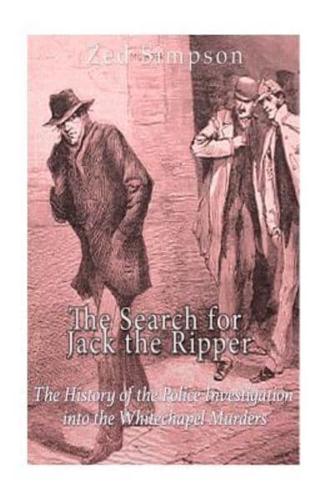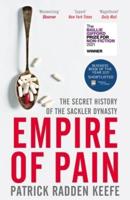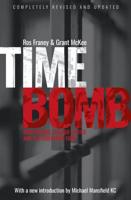Publisher's Synopsis
*Includes pictures *Includes contemporary accounts of the investigation written in newspapers and by investigators *Includes online resources and a bibliography for further reading *Includes a table of contents "I keep on hearing the police have caught me but they wont fix me just yet. I have laughed when they look so clever and talk about being on the right track...How can they catch me now. I love my work and want to start again. You will soon hear of me with my funny little games." - Excerpt from one of the letters believed to have been written by Jack the Ripper When one hears the term "Victorian," many images come to mind. For some, the term conjures up visions of lace and gloves and delicate fans. Others think of tight corsets and even tighter morals. Others, swayed perhaps by one too many British costume dramas, envision gentle elegance and long lost beauty. Naturally, few people think of multiple dead bodies cast about in the streets or dark bedrooms, most mutilated to a shocking degree, and yet, those tragic images played a significant role not only in late Victorian London but ever since. In 1888 and 1889, a killer stalked the dark backstreets of the city through the notoriously overcrowded and crime-ridden Whitechapel district, murdering young women and then cutting their bodies up like a butcher. There have been a countless number of serial killers throughout history, and certainly more prolific ones, but the timing, circumstances, and unsolved nature of the case continue to make Jack the Ripper the most famous serial killer in history. The murders came at a time when media coverage could be both more acute and more widespread, and it allowed the public a closer look into how police agencies operated at the time, exposing both their strengths and shortcomings. Of course, the lack of modern forensics hamstrung the investigators in the late 19th century, and while the police file for the case was extensive and active for several years, much of the evidence disappeared from the file without explanation, possibly as souvenirs. Despite the fact the police interviewed thousands and considered hundreds of suspects, they were never able to arrest anyone for the murders. The intense media coverage also likely played a role in both the actual murderer and would-be copycats and pranksters sending hundreds of letters to police claiming to be Jack the Ripper. It's also indisputable that the use of a precise modus operandi, the serial killer being given a nickname, and the taunting letters sent to police all influenced subsequent serial killers and the way they were covered. Whether it's the Zodiac Killer, the Son of Sam, or the Boston Strangler, the antecedent of all 20th century and 21st century killers remains Jack the Ripper. The Jack the Ripper case continues to fascinate historians and amateur sleuths so much that people have dubbed themselves Ripperologists, and since nobody knows for sure who the killer was, every aspect of the crimes is up for discussion, down to who the actual victims of the Ripper were and whether there was actually more than one Ripper. In addition to considering so many suspects, the police were only certain that 5 of the victims (the "canonical five") were killed by Jack the Ripper, but there were at least 11 documented murders over the course of several years, and today those are called the Whitechapel murders. Even in the 19th century, authorities were debating how many of the 11 were the work of the Ripper, and as the murders have been compared and contrasted for nearly 130 years, the debate continues. The Search for Jack the Ripper: The History of the Police Investigation into the Whitechapel Murders examines the attempts to identify and arrest Jack the Ripper. Along with pictures of important people, places, and events, you will learn about the investigation of the famous serial killer like never before.










